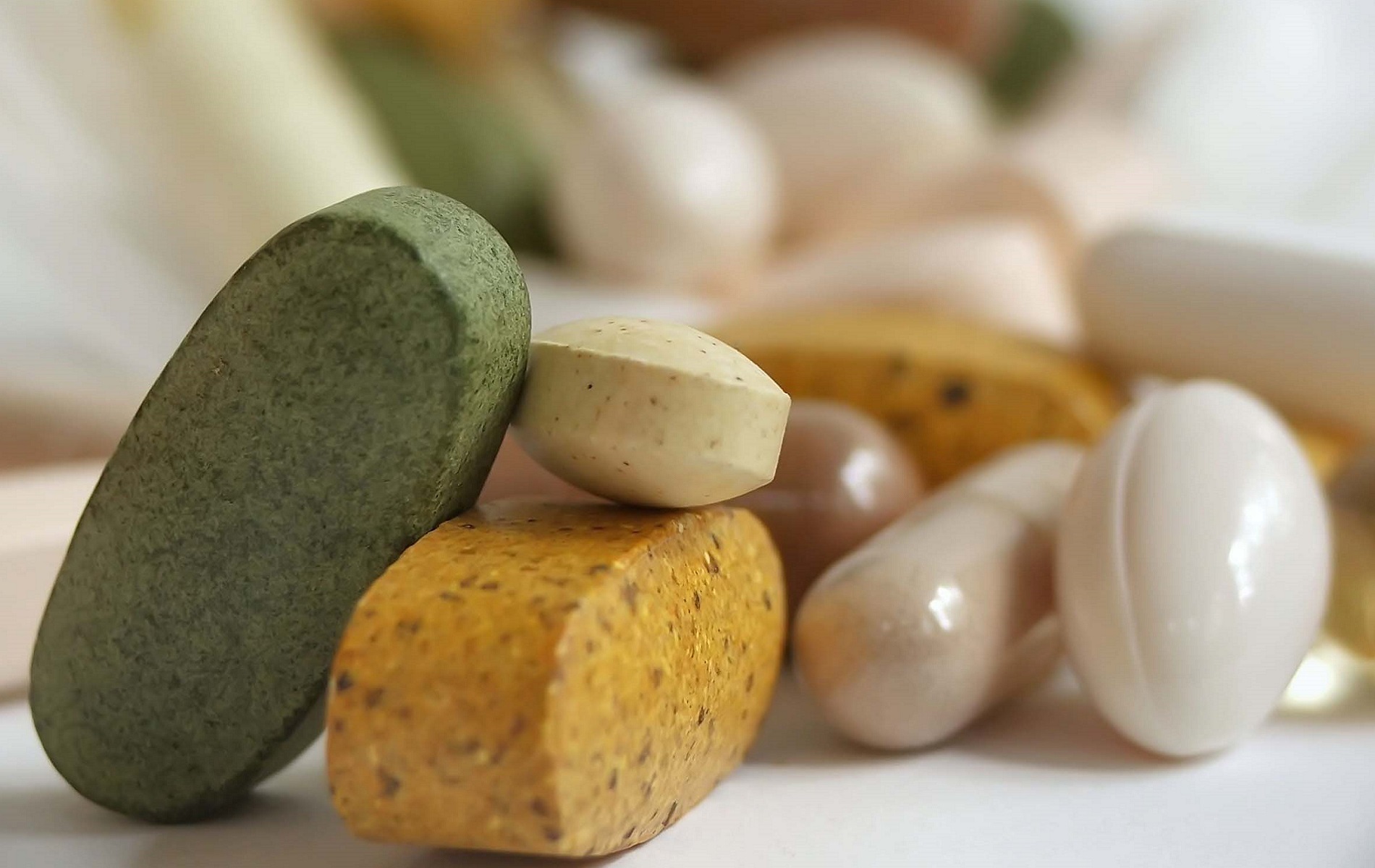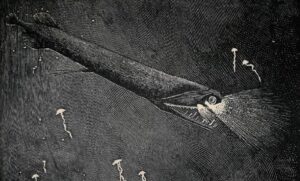Migraines. Up to 15% of the population suffers from them, and they drain uncounted millions of dollars a year from the global economy in lost productivity.
If you’ve ever had a proper migraine, you’re nodding along right now with knowledge of how utterly crippling they can be.
Sitting comfortably near the top of any pain scale you may care to mention, it’s not only the pain which makes migraine’s the scourge of millions—it’s the wide range of secondary effects they have on their sufferers.
From visual hallucinations to carbohydrate cravings, to severe nausea, mood swings, depression, dizziness and vertigo, there’s almost as many unpleasant side effects as there are victims.
And there’s no cure. Despite this being a disease known since antiquity, the complexity of migraines mean finding a ‘silver bullet’ solution has evaded medical researchers. This has left sufferers to try a wide range of solutions to gain what relief they can.
Professor Eric Visser is inaugural Professor at the Churack Centre for Pain Education and Research at the University of Notre Dame, the first professorial university appointment for pain medicine in WA.
As one of Australia’s leading pain specialists, Eric has decades of experience with migraines and knows the limits of current treatment. Working with Dr Eamon McDonnell, also from the University of Notre Dame, Eric decided to think outside of the box and looked for a more radical approach—a free radical approach, to be precise.

Free radicals
“Free radicals seem to be very significant in causing disease, and we think, in migraine,” Eric says. “Free radicals may also be a part of why people develop migraine, as they’re building up these free radicals in the brain and in the linings around the brain.”
Eric believes migraines are an evolutionary trait, connected to hyper-sensitivity sensory capacities. This would have allowed migraine-suffering ancestors to warn their community of issues such as bushfires, impending weather changes and animal threats.
He says migraine sufferers observably have ‘jacked up’ nervous and sensory systems. This makes them more sensitive to environmental changes than the average person, it’s this sensitivity that is the key to migraine.
“The nervous system and the sensory system goes into overdrive and produces all these free radicals—the brain exhausts itself, causing a migraine,” he says.
The antioxidant solution
Working off this premise, Eric and Eamon developed a clinical trial to go right for these free radicals, using antioxidants to ‘hoover them up’. According to Eric, this should reduce the frequency and severity of migraine, both in terms of direct pain and side effects suffered.
And the best thing? The treatment is essentially a twice-daily dose of vitamins and antioxidants. This is very cheap to produce and has an extremely low chance of any side effects. With the average migraine victim losing thousands of dollars a year in time off work and expensive medications, a daily dose of vitamins sounds like a dream come true.
It’s a dream that may be a reality quite soon indeed. Eric expects the results of the clinical trials in early 2018, possibly meaning millions of sufferers never need to feel like Glenn in that episode of The Walking Dead.









